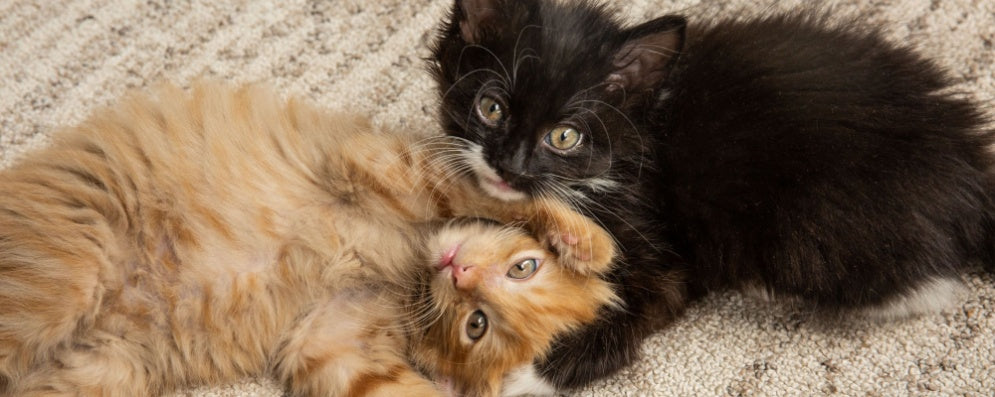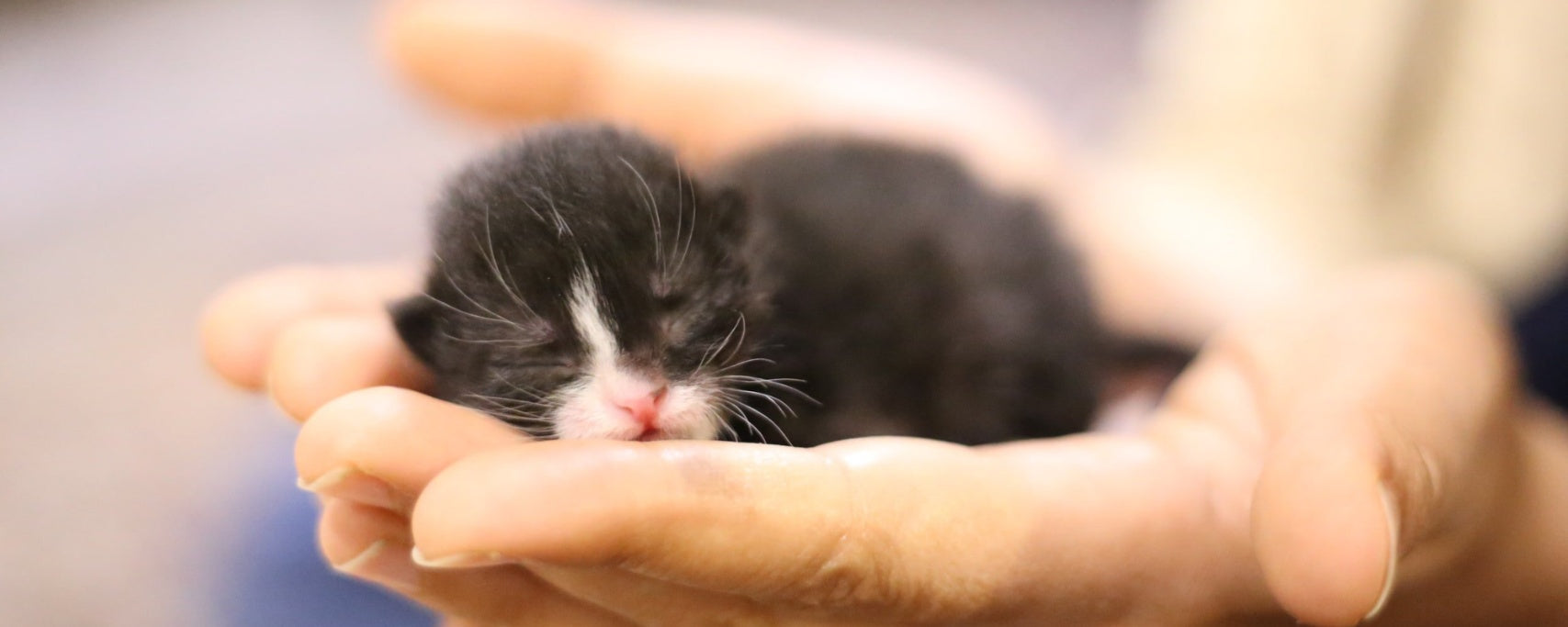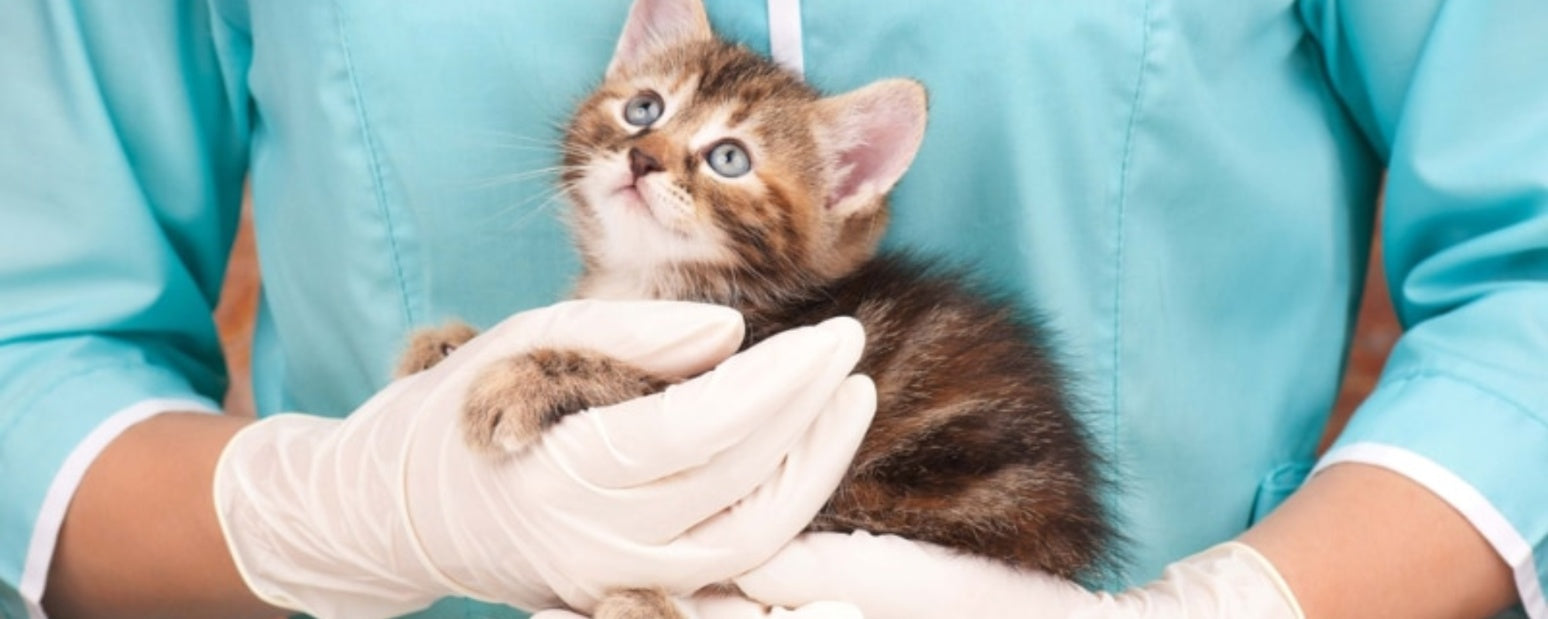Welcoming a kitten into your home is an adventure filled with love, curiosity, and growth—quite literally! One of the most common questions among cat lovers is, “When will my kitten stop growing?” Understanding a kitten’s growth timeline is essential for providing proper care, ensuring their health, and enjoying every stage of their development.
1. How Long Does It Take for a Kitten to Stop Growing?
Most kittens reach their full size between 12 to 16 months of age, with their growth rate slowing significantly after the first year. However, the growth timeline can vary depending on several factors, including breed, genetics, and nutrition. While smaller breeds often finish growing within this time frame, larger breeds, such as Maine Coons, can continue growing for up to four years.
It’s worth noting that growth doesn’t necessarily mean just getting taller or longer. During this period, your kitten will also develop muscle tone, coordination, and a sleek adult physique.
2. Growth Stages in Kittens
To better understand your kitten’s development, let’s break it down into key growth stages:
- Newborn to 8 Weeks: This is the fastest-growing phase, where kittens typically double or triple their birth weight within the first few weeks. By eight weeks, they are ready for adoption, weighing around 2 pounds on average.
- 3 to 6 Months: During this adolescent stage, kittens experience a growth spurt, gaining height and length. You might notice their playful energy levels peak as they explore their surroundings and develop critical social skills.
- 6 to 12 Months: Growth begins to slow, but kittens are still maturing. Most cats reach their sexual maturity during this time, and it’s an ideal period to consider spaying or neutering.
- 12 to 16 Months: By this stage, most kittens have reached their full size and weight. Their physical development stabilizes, but they may continue to “fill out” with muscle and gain a more mature appearance.
3. Factors That Influence Growth
Several factors determine how quickly and how much your kitten will grow. Here are the key influences:
- Breed: Larger breeds, such as Ragdolls, Norwegian Forest Cats, and Maine Coons, have longer growth periods and may not reach full size until they are 2 to 4 years old. In contrast, smaller breeds, like the Singapura, tend to grow faster and stop earlier.
- Gender: Male cats are typically larger than females and may take slightly longer to reach their adult size.
- Genetics: Your kitten’s genetic makeup plays a significant role in determining their growth potential. If you know their parent cats, you can get a general idea of their future size.
- Nutrition: Providing a well-balanced diet tailored to kittens is critical during their growth stages. Poor nutrition can lead to stunted growth or developmental issues, while a high-quality diet supports healthy growth.
- Health Conditions: Parasites, illnesses, or underlying health issues can impact a kitten’s growth rate. Regular veterinary check-ups are essential to ensure they are on track.
4. Monitoring Your Kitten’s Growth
Keeping track of your kitten’s development is an excellent way to ensure they are healthy and growing appropriately. Here’s how you can monitor their progress:
- Weight Tracking: Weigh your kitten weekly during the first six months, then monthly until they reach a year old. Kittens typically gain about 1 pound per month during their early stages.
- Body Condition: Observe their overall body condition. A healthy kitten should have a visible waistline and ribs that can be felt but not seen prominently.
- Behavior and Activity: Active, playful behavior is a good indicator of healthy growth. If your kitten seems lethargic or disinterested in play, consult your veterinarian.
5. When to Consult a Veterinarian
While most kittens grow without complications, it’s essential to watch for signs that something might be off. Contact your veterinarian if you notice:
- Unusual growth patterns or lack of weight gain
- Persistent lethargy or lack of appetite
- Developmental delays, such as difficulties walking or jumping
- Symptoms of illness, including vomiting, diarrhea, or coughing
Routine check-ups during the first year are crucial to catch and address any potential health issues early.
6. What Happens After the Growth Stage?
Even after reaching their full size, cats continue to mature in other ways. Their energy levels may stabilize, and they’ll often develop a calmer demeanor. However, they’ll still require regular exercise to stay fit and mentally stimulated.
Additionally, their nutritional needs will shift from kitten food to adult cat food, typically around 12 months of age. Work with your vet to transition their diet gradually to prevent digestive upset and ensure they receive the proper nutrients for their adult stage.
7. Understanding Large Breeds
For those adopting a large breed cat, such as a Maine Coon or Siberian, patience is key. These breeds can take up to four years to fully develop, reaching impressive sizes. Maine Coons, for example, can weigh between 13 to 18 pounds on average, with some individuals exceeding this range. Despite their prolonged growth, these cats remain playful and affectionate well into adulthood.
8. Setting Your Kitten Up for Success
The first year of your kitten’s life is a critical time for laying the foundation of their health and happiness. Here’s how you can support them:
- Provide a high-quality kitten-specific diet rich in protein and essential nutrients.
- Create a safe and stimulating environment with toys, scratching posts, and plenty of interaction.
- Establish a routine for feeding, playtime, and grooming to build trust and security.
- Ensure they receive all necessary vaccinations and preventive care during regular veterinary visits.
By meeting these needs, you’ll help your kitten grow into a healthy, happy adult cat.
Final Thoughts
Watching your kitten grow is one of the most rewarding parts of being a pet owner. While their growth timeline may vary, understanding the stages of development and providing the right care ensures a smooth journey from playful kitten to confident adult cat. Whether they stop growing at one year or take a few years to reach their full size, every moment spent nurturing and bonding with your cat is priceless.
So, enjoy the journey, and cherish every paw print they leave along the way!








